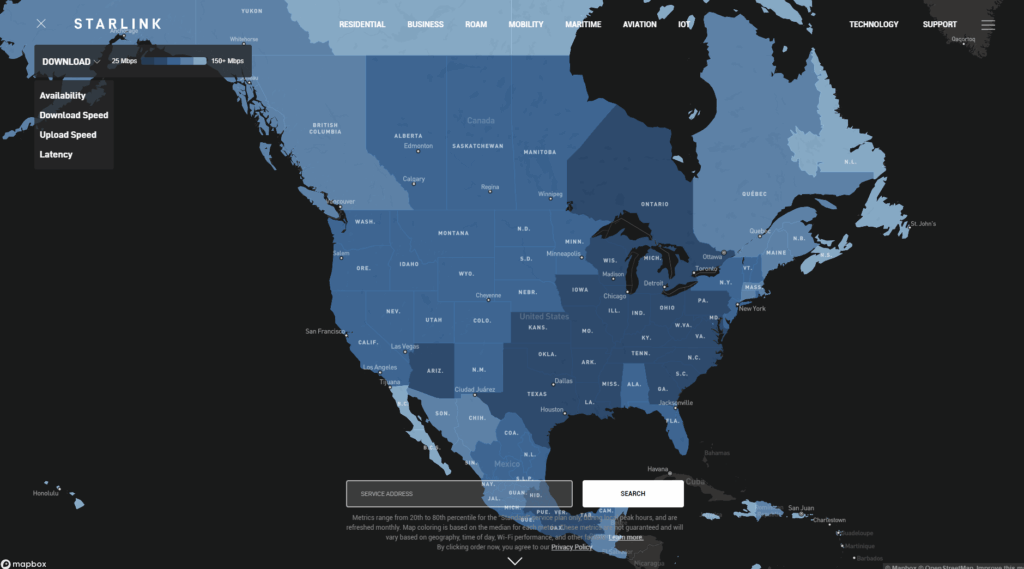
Introduction
Starlink, the satellite internet service developed by SpaceX, is making significant strides in Canada, offering high-speed internet access to rural and underserved areas. As many Canadians struggle with subpar internet connectivity, especially in remote locations, Starlink’s innovative solution has become increasingly relevant. This technology is not only changing the way people connect online but is also pivotal for education, business, and healthcare in rural communities.
Starlink’s Deployment in Canada
Launched in beta in Canada in early 2021, Starlink provides broadband-through-satellite services, utilizing a constellation of low Earth orbit (LEO) satellites to deliver high-speed internet to users on the ground. As of September 2023, Starlink has expanded its availability to more regions across Canada, ensuring that even the most remote areas can access reliable internet. According to recent data from SpaceX, Starlink’s download speeds range between 50 to 150 Mbps, with latency as low as 20 milliseconds, making it a feasible alternative to traditional internet services.
Challenges and Competition
Despite its successes, Starlink Canada faces challenges, including stiff competition from established telecommunications companies that are now ramping up their offerings in underserved regions. Companies like Telus and Bell are investing heavily in infrastructure to improve service in rural Canada. Furthermore, some customers have reported issues with connection reliability and installation procedures, which Starlink is continuously working to rectify.
Impact on Communities
The impact of Starlink’s services on Canadian communities is profound. Schools and businesses in remote locales are experiencing improved access to educational resources and online tools, enhancing learning outcomes and business operations. For instance, students in Northern Quebec and British Columbia have reported increased access to learning materials and online classes, thus improving educational equity. Additionally, remote workers have embraced the service, enabling them to maintain productivity despite their geographical isolation.
Conclusion
As Starlink continues to expand its reach across Canada, it remains a game changer in the quest for universal internet access. The potential for improved connectivity holds significant implications for education, economy, and healthcare in rural areas. With ongoing advancements and increased competition, consumers can expect better service options in the near future. Starlink’s journey is indicative of the growing need for innovative solutions to bridge the digital divide, promising a more connected Canada.






